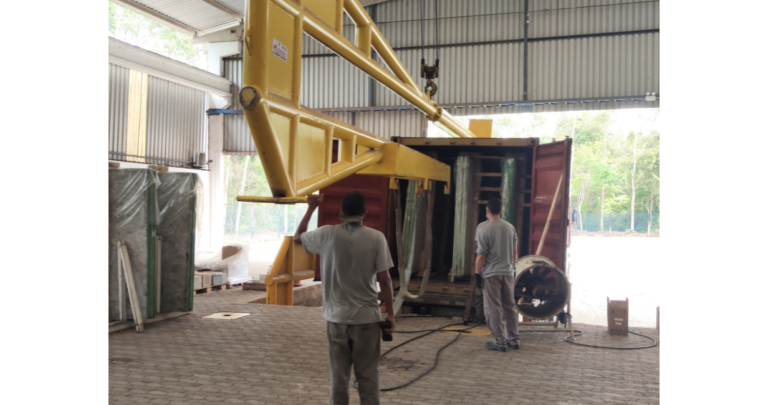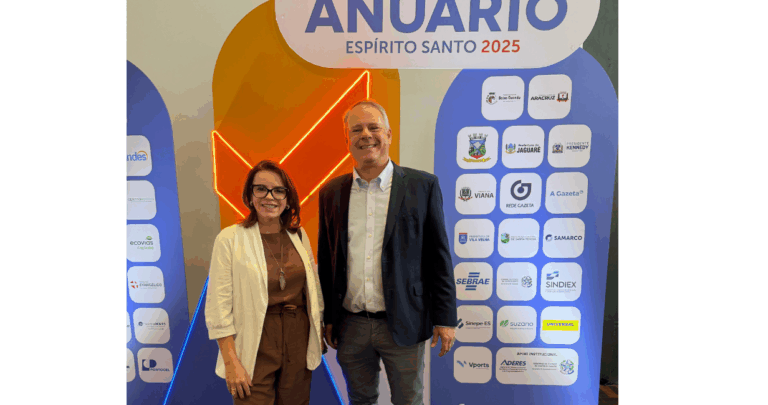
The Normative Consolidation of DNPM 155/2016, defines the User Guide as a document issued by the DNPM/ANM, based on technical criteria, which authorizes, exceptionally, the extraction of mineral substances in a titled area, before the granting of the ordinance of mining. After obtaining the exploration permit, the holder of a given mining process has the opportunity to apply to the DNPM/ANM for such a Use Guide, commonly known as GU, and that if granted, the company will have the opportunity to mine the target mineral good of the research request and dispose of it based on the following justifications:
• Assessment of the technical-economic viability of mining mineral substances in the national and/or international market;
• The extraction of mineral substances for analyzes and industrial tests before granting the mining concession; It is
• The commercialization of mineral substances, at the discretion of the DNPM, in accordance with public policies, before granting the mining concession.
It is common knowledge that the ornamental stone market is dictated by fads, which can be seen in the latest editions of the main national and international fairs in this segment. Allied to this statement, ornamental rock differs from the vast majority of mineral goods in that its economic value is strictly linked to the content of a certain chemical element, such as iron ore, bauxite, gold, copper, among others.
In the specific case of ornamental stones, the main premises to be considered for a given occurrence (granite, marble, quartzite, slate, among others) stand out beauty, rarity, chemical and physical capacity for application as ornament (floors, table tops , countertops, tiles, among other varied applications), in addition to its quantity, quality and the main modifying factors (possibility of extraction, location for ease of production flow, mode of occurrence, morphology, etc.). To verify these main aspects, ABNT (Brazilian Association of Technical Standards), ASTM (American Society for Testing and Materials) and CEN (European Standardization Committee) establish parameters to be verified through tests such as petrographic analysis, physical indices (apparent density , apparent porosity and water absorption), uniaxial compression, resistance to freezing and thawing, bending by three-point loading, bending by four-point loading, coefficient of thermal expansion and resistance to hard-body impact).
Considering these particularities, the Usage Guide, as it is an authoritative title to be obtained relatively quickly, compared to obtaining the Mining Ordinance, has been the main target of miners in this segment, with emphasis in this scenario on the states of Espírito Santo Santo and Minas Gerais. To give you an idea, in the last 8 years, approximately 500 User Guides were issued for the State of Espírito Santo alone, the main extractive center for Ornamental Stones.
It should be noted that despite obtaining this exceptional title faster, the holder of the Usage Guide is established both in the Mining Code, Regulation of the Code, Regulatory Norms of Mining, Environmental Legislation and Ministry of Labor Employment, all the norms recommended for mining, which must be duly considered and respected. That is, the use of any mineral good through GU does not bring with it facilities linked to the technical projects necessary for the technical/environmental and economic use, since one must consider the constant search for sustainable development, supported by the ambition of future obtaining the Mining Ordinance.
Author: Wagner Araújo (Mining Engineer from UFOP, Specialist in Mineral Resources. Post-graduate degree in Occupational Safety Engineering from FACAM. Post-graduate degree in Master in Engineering in Geotechnics from PUC/MG. Experience in Dimension Stone Sector activities and Dam Safety and lecturer at Instituto Minere).

See also
Despite heavy tariffs, Brazi ...
11 de December de 2025
With a focus on logistics an ...
4 de December de 2025
Presence of Brazilian natura ...
17 de November de 2025







